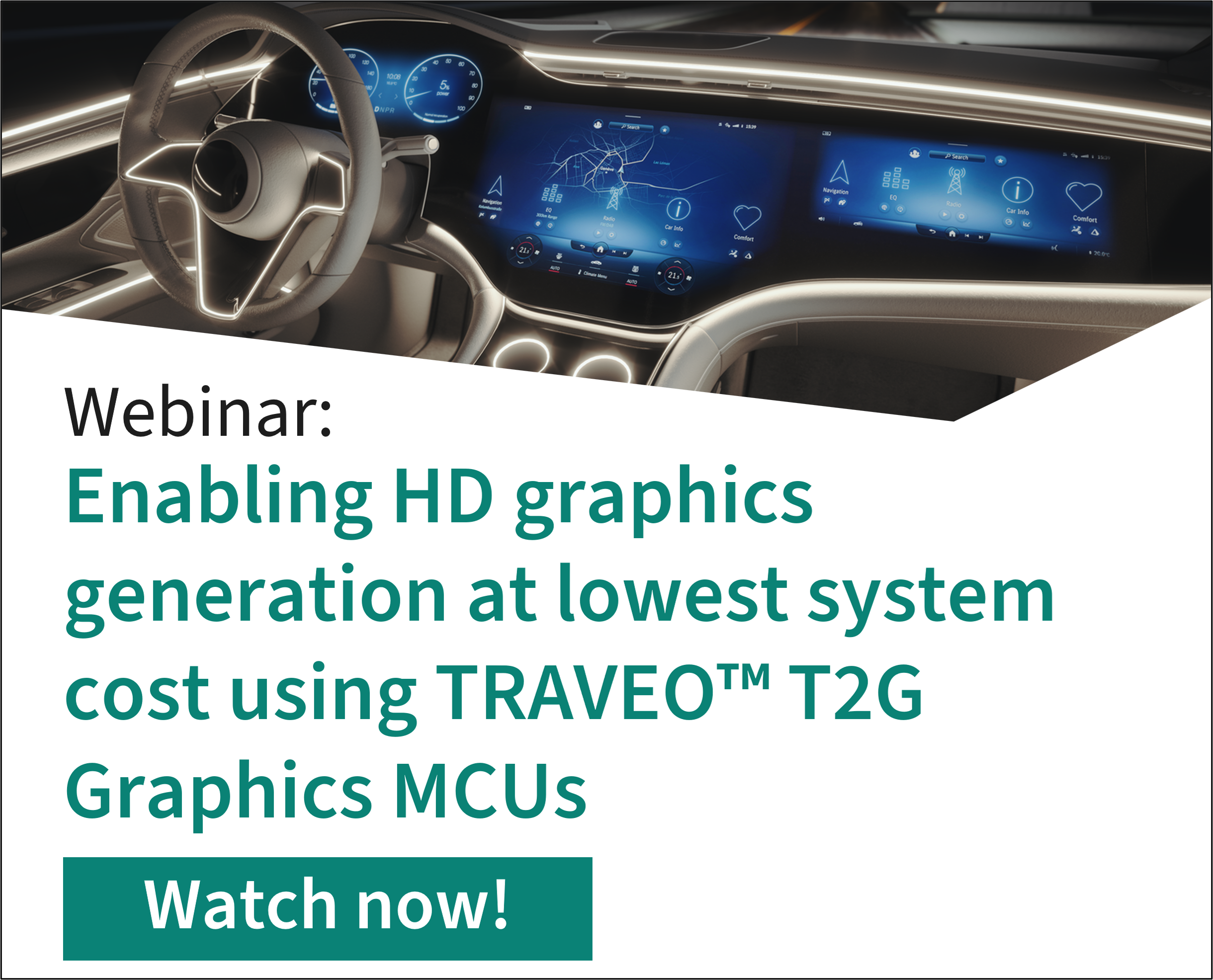In-vehicle infotainment (IVI) & HMI
Enhance user experience (UX) and human-machine interface (HMI), and follow the trend towards centralized system architectures.
Please choose a subcategory
Collapse all subcategories Expand all subcategoriesAbout automotive UX and HMI systems for in-vehicle infotainment
Automotive human-machine interface (HMI) systems are designed to enable drivers to interact with their vehicles without being distracted. HMI can establish a more natural interaction between humans and machines through touchpads, buttons, or speech systems. The increasing demand for connectivity solutions, low-cost HMI software, and enhanced user experience (UX) has made HMI solutions like head-up displays (HUD), rear-seat entertainment systems, steering-based controls, instrument clusters, and voice command systems popular in the automotive market.
Infineon, as a leading automotive semiconductor manufacturer, offers a wide range of solutions that support seamless and secure communication between the driver and the vehicle. They provide high-performance microcontrollers, memories, HMI controllers, and automotive-grade security solutions for automotive infotainment systems. In addition, their automotive radar systems help improve the vehicle's situational awareness and driver assistance features. Overall, Infineon's solutions help automakers provide a more natural and intuitive HMI system that ensures safety, comfort, and convenience for drivers.
Browse our solutions for head unit, instrument cluster, USB charging, telematics, and our high-performance cockpit controller.
Automotive UX and HMI applications and use cases
Instrument cluster, head-up display (HUD), head unit, and cockpit domain controller, or high-performance cockpit computer, are the central control and user interface systems that manage and deliver driving information and entertainment for drivers and passengers, all through audio and video interfaces, control elements such as touch screen displays, button panels, voice commands, and more.
Telematics plays an important role in autonomous driving and service-over-air updates for vehicle safety and security. Use cases for telematics control units include emergency call (eCall), roadside assistance, vehicle fleet management and maintenance, vehicle-to-cloud (V2X), vehicle-to-vehicle (V2V), and vehicle-to-infrastructure (V2I) communication.
The automotive in-cabin monitoring system (ICMS) is a system that monitors the interior of a vehicle to ensure the safety of occupants. It typically consists of sensors that can detect various factors such as passenger presence, seat belt usage, and even driver fatigue.
Browse our solutions and find block diagrams containing recommended products, reference designs, and support resources to meet your technical requirements and project deadlines.
Infineon's broad IC portfolio covers key automotive UX and HMI applications
Computing: The TRAVEO™ T2G MCU family offers high performance (up to dual Arm® Cortex®-M7, 1500 DMIPs), wide scalability (memory density and package line-up), best-in-class energy efficiency (deep sleep mode: 35 µA, hibernate mode: 5 µA), ASIL-B functional safety, and an integrated hardware security module (HSM).
Sensors: The PSoC™ automotive family offers in-cabin touch solutions from a single source. Automotive-qualified MEMS microphone sensors provide supreme audio reception in dynamic environments.
Connectivity and communication: Broad Wi-Fi and Bluetooth® portfolios support various in-cabin wireless connections; CAN, LIN transceivers, and system basis chip (SBC) families connect the head unit to in-vehicle networking.
Power supply: OPTIREG™ PMIC, linear, and switcher devices support reliable power supply; USB Type-C PD (power delivery) controllers support fast charging (up to 100 W) with best-in-class interoperability and compliance with all kinds of mobile devices.
Storage: A broad automotive-qualified NOR flash, SRAM, and F-RAM portfolio provides safe, secure, and reliable data storage.

- Understand Infineon’s pioneer role driving the automotive MEMS microphone market and its needs
- Discover the main features and key benefits of Infineon’s XENSIV™ microphone and identify the target automotive applications for this product
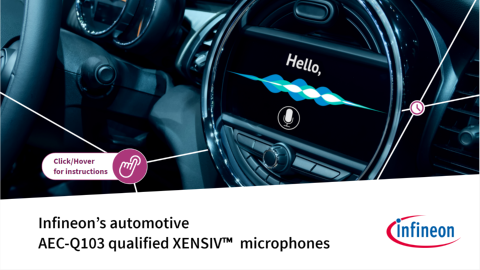
This training is a product selection guide to help you find the most suitable MEMS microphones for your applications.
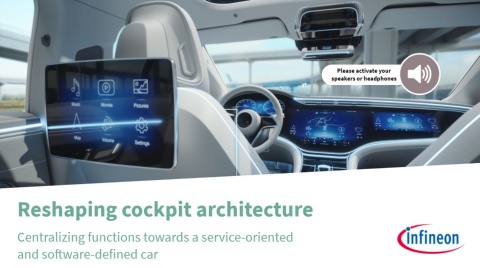
- Understand the evolution of the cockpit architecture
- Recognize the importance of the central modules like head unit and cockpit domain controllers and get to know Infineon solutions and their components
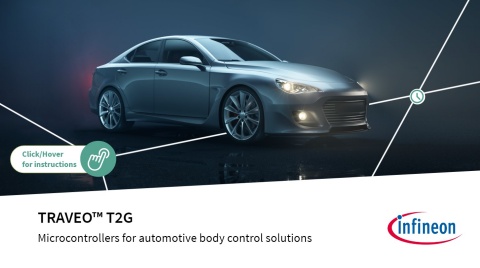
By the end of this training, you will be able to
- Describe the main features of Infineon’s TRAVEO™ T2G microcontrollers
- Recognize the different variants that make up this family of products
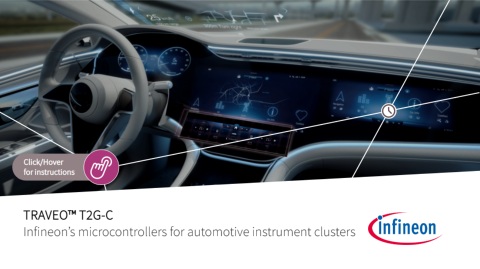
- Infineon has a successful history of supporting various graphics applications in cars with displays.
- Infineon's TRAVEO™ T2G microcontrollers are designed to meet size constraints, reduce costs, and improve performance and bandwidth for car displays, compared to system-on-chip solutions.

In this training, you will get to know the TRAVEO™ T2G portfolio for body and graphics applications, its key features and safety functions, development kits, and finally TRAVEO™’s automotive software and tool partner ecosystem.

